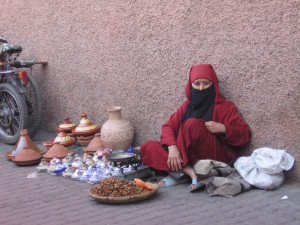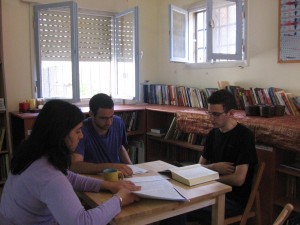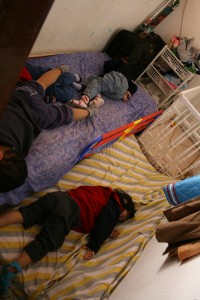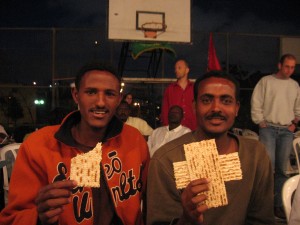
The Jerusalem Post, July 4, 2008
Colorful Bollywood movie posters and richly-hued spices in red-lidded jars crowd the small storefront of Om Indian Store – The Taste of India, located on Lewinsky Street at Tel Aviv’s Central Bus Station. It’s a warm Shabbat in early summer and the glass door is propped open. Business is brisk and a steady stream of Indian and Nepali customers passes through the store to purchase the ingredients for dishes that are a link to home.
On their way in and out, they pass a sign that goes, for the most part, unnoticed. Printed on a plain piece of white paper and scotch-taped to the door, it seems unremarkable. But when you stop and look at it, you understand it’s a clear indication of a fragile, struggling community far from home. A sacred Om symbol, flanked by images of Israeli and Indian flags, crowns the sign, which announces the formation of the Om Shakti Singh Indian Community and states that its primary purpose is to help our Indian brothers and sisters in their difficulties here in Israel. The sign also mentions the group’s hope of providing a place to pray for all Indians. It concludes with a request: We would like all our brothers and sisters here in Israel to come forward and register their name in our community.





